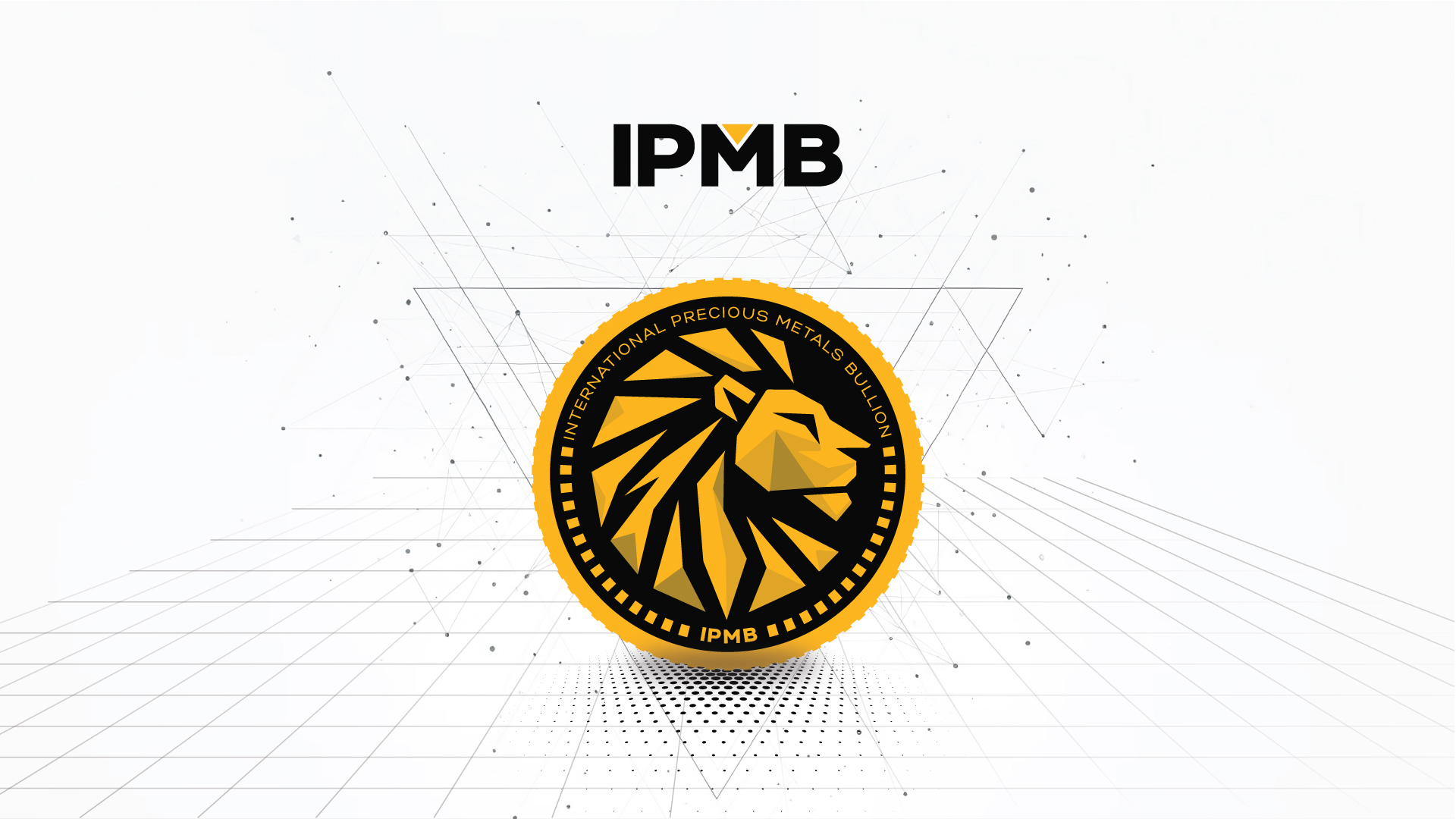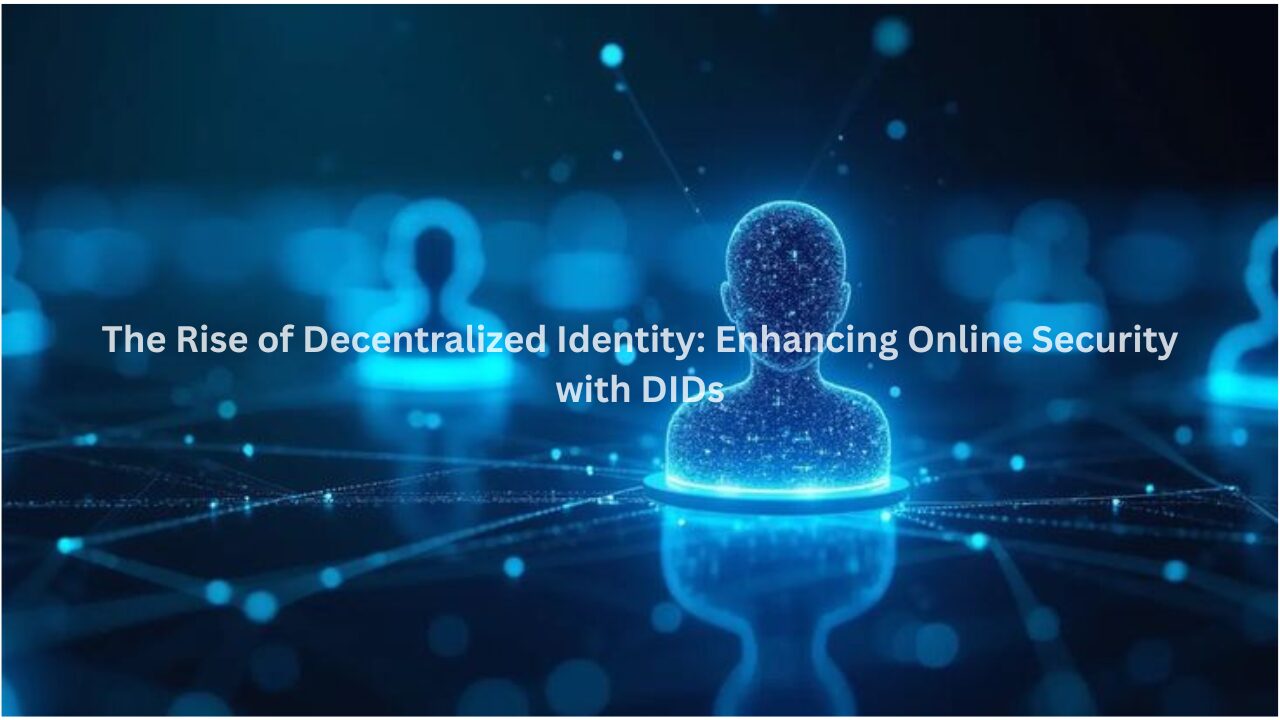Gold is five times more capitalized than the whole cryptocurrency industry, with a total market capitalization of about $18 trillion as of early 2025. Gold is becoming more and more popular in both investor portfolios and national reserves because of its lengthy history as an inflation hedge, comparatively low volatility, and steady demand from a variety of industries.
The demand for gold is probably going to remain strong in the near future due to the rising geopolitical unpredictability and persistently high inflation.
Between high premiums, storage fees, and physical ownership challenges, traditional gold investing feels like it’s stuck in the past. A glimpse of the future is introduced by IPMB (Internationaal Precious Metals Bullion).
The world’s first vertically integrated gold tokenization has recently been introduced by IPMB. Imagine this: real gold, minted responsibly, stored securely and accessible to anyone. No need for the bulky bars; instead, you can carry them around in your pocket as digital tradeable tokens.
This is not a near distance crypto project; IPMB now owns the whole process, from mining the gold to minting blockchain-backed tokens (GPRO) and NFTs(GEM). The result? Investors now have lower costs, zero storage fees, and increased transparency without affecting the value of the physical gold.
In this article, we will explore how IPBM is causing this shift, how it works, why it matters, and why it might be the future of gold ownership.
Current State of Gold in the Global Market
Gold has remained a mainstay in international portfolios for a long time. National reserves have gathered more than 32,000 tons of gold. The demand for gold has increased globally in recent years due to increased economic uncertainty, and its function as a hedge against inflation and instability has only become stronger.
The World Gold Council reports that the demand for gold worldwide increased by 3% year over year to exceed 4,800 tons in 2023. The limitations of conventional gold investments have once again been brought to light by this spike in demand.
Even while gold is attractive, it has disadvantages, including holding fees and no income creation, particularly when contrasted with positive carry instruments like stocks or bonds that yield steady returns.
What is IPMB?
Think of IPBM as a gold ownership platform that combines ancient asset ownership values into cutting-edge blockchain technology. Think of this process as the new “gold 2.0,” where physical gold becomes digital.
Unlike traditional gold ETFs or crypto-pegged tokens, IPBM controls the entire supply chain system by mining their own gold, refining and storing the gold, and tokenizing the gold.
To make this possible, IPBM owns a majority of gold mining assets in Ghana, which ranks as Africa’s largest gold producer, with an output of more than 110 tonnes of gold in 2023.
IPMB sets itself apart by holding the majority of the shares in mining operations that adhere to all international ESG regulations. In Ghana, Africa, the business co-owns a smelter that has received ESG approval. This guarantees that IPMB’s gold is sourced responsibly, adhering to stringent labor and environmental laws.
How IPMB’s Gold Tokenization Works
The IPMB tokenization process is simple. The process starts with IPMB’s direct control over gold mining, refining the gold, storing the gold, and ensuring that all units of the gold are represented digitally.
There are two (2) major types of digital assets that IPMB offers investors:
- Gold Pro (GPRRO)
These digital assets are fully backed by gold, and they are traded at a free-floating price. Investors can use these digital assets or GPRO tokens to acquire GEM NFTs, which represent specific golf allocations ranging from 1 to 12,500 per gram.
- Gem NFTs
Gem NFTs, on the other hand, are linked to LBMA-certified gold, and they can be redeemed for physical gold after one year.
Aside from these, IPMB has also implemented a strategy called Goldtrace360, an IoT-based tracking system that makes a record of the gold processing process on the blockchain ecosystem to ensure transparency and traceability.
Benefits of IPMB
IPMB has several benefits to users, investors, and early traders. Some of which include:
- Cost Efficiency: With the IPMB gold production process, physical storage and processing for the first five years for GEM NFTs will be eliminated, thereby reducing cost.
- Direct Ownership: With the tokenization of assets, owners now have full ownership of their assets, removing intermediaries or middlemen.
- Transparency: Integrating gold processing into blockchain ensured immutable record, reducing fraud and improving trust.
Risks and Challenges
Despite this approach, IPMB’s gold tokenization project still faces several risks and challenges:
- Regulatory Uncertainty – Gold tokenization operates between the world of traditional finance and blockchain. This therefore subjects its growth to global regulations. Governments may impose restrictions that could affect IPMB’s operations.
- Market Volatility – While gold is a stable asset, tokenized gold prices may become volatile due to crypto market trends, liquidity issues, or investor sentiment.
- Adoption and Liquidity – The success of IPMB depends on widespread adoption. If exchanges, investors, and institutions hesitate to embrace tokenized gold, liquidity may remain limited.
Future of IPMB
IPMB has the potential to revolutionize gold investment by making it more accessible and transparent. The company’s focus on blockchain-backed supply chain tracking (Goldtrace360) enhances trust and ethical sourcing. Looking ahead, IPMB may expand partnerships with major exchanges and financial institutions, improving liquidity and mainstream adoption. Additionally, advancements in decentralized finance (DeFi) could integrate IPMB’s gold tokens into lending and yield-generating platforms.
If IPMB successfully navigates regulatory challenges and continues innovating, it could set a new standard for gold-backed digital assets, bridging traditional and blockchain finance.
Conclusion
PMB’s gold tokenization project stands out as an important step toward adopting modern technologies like blockchain directly into the gold market. By issuing verified digital assets such as GPRO and GEM NFTs, IPMB improves transparency and security and makes that more accessible for investors too. Easing out intermediaries and introducing Goldtrace360 also strengthens both security and efficiency.
However, there are big challenges such as regulatory uncertainty and market volatility and also concerns about bad debts and security. As we see increasing uptake of blockchain and financial institutions trading tokens, IPMB has potential to redefine the way we own gold and offers an exciting new and more flexible alternative to traditional investment options.
With focused expansion and consistent innovation IPMB could become a major force in tokens of gold. Weaving the precious metals investment tradition seamlessly into the ever changing digital economy.






